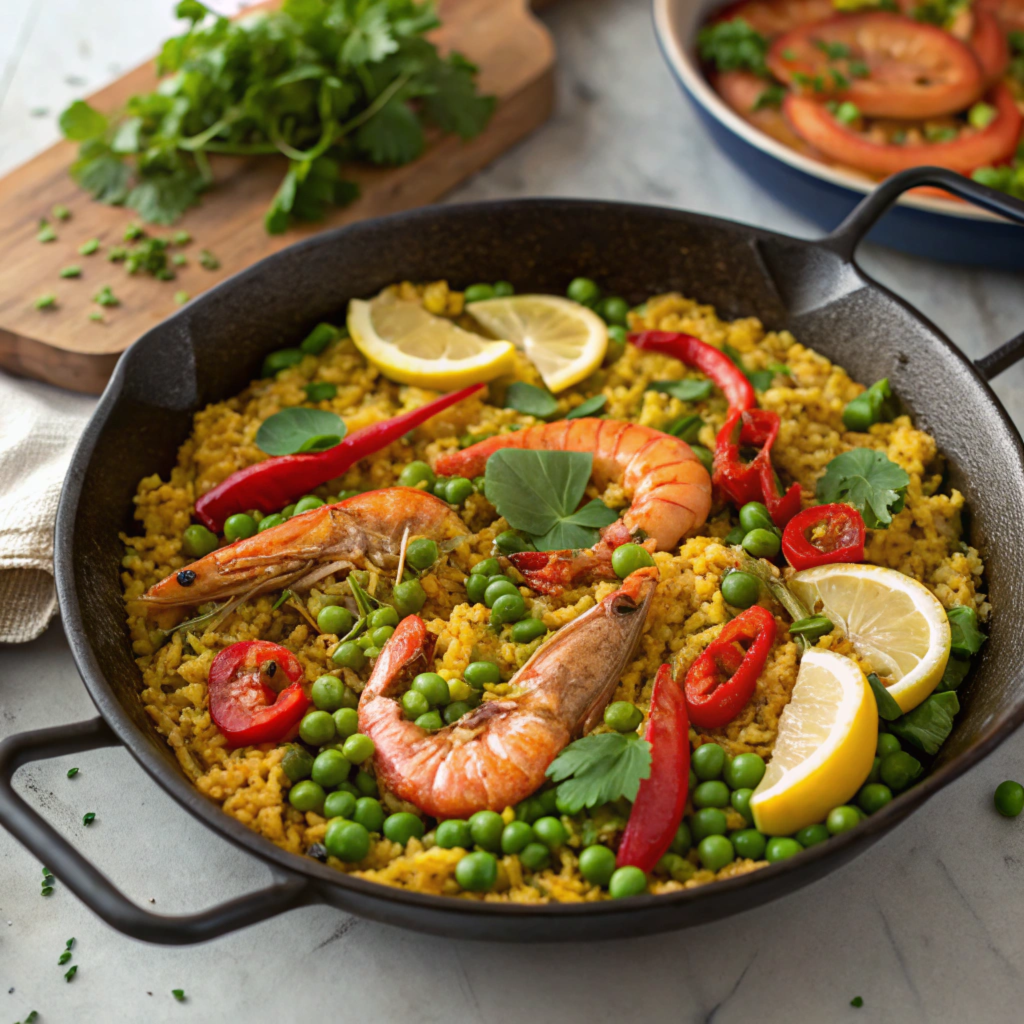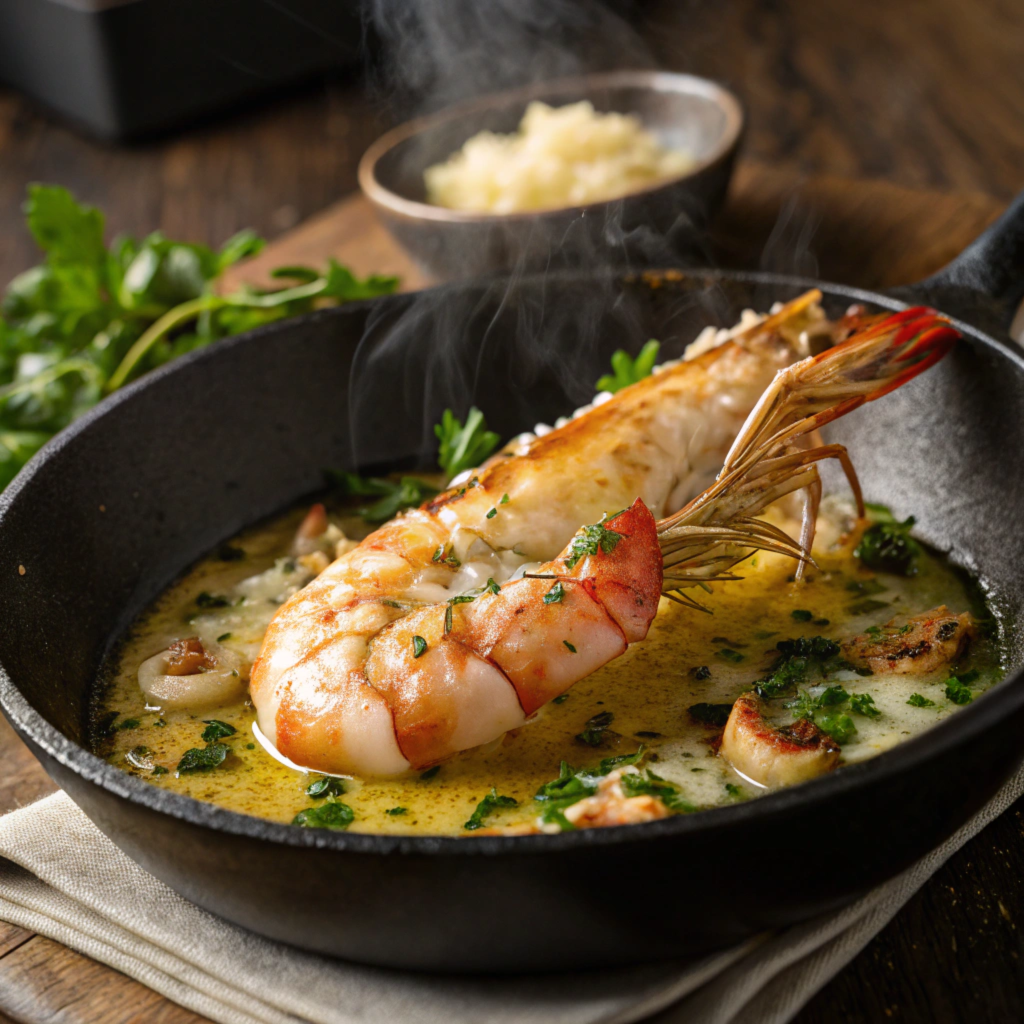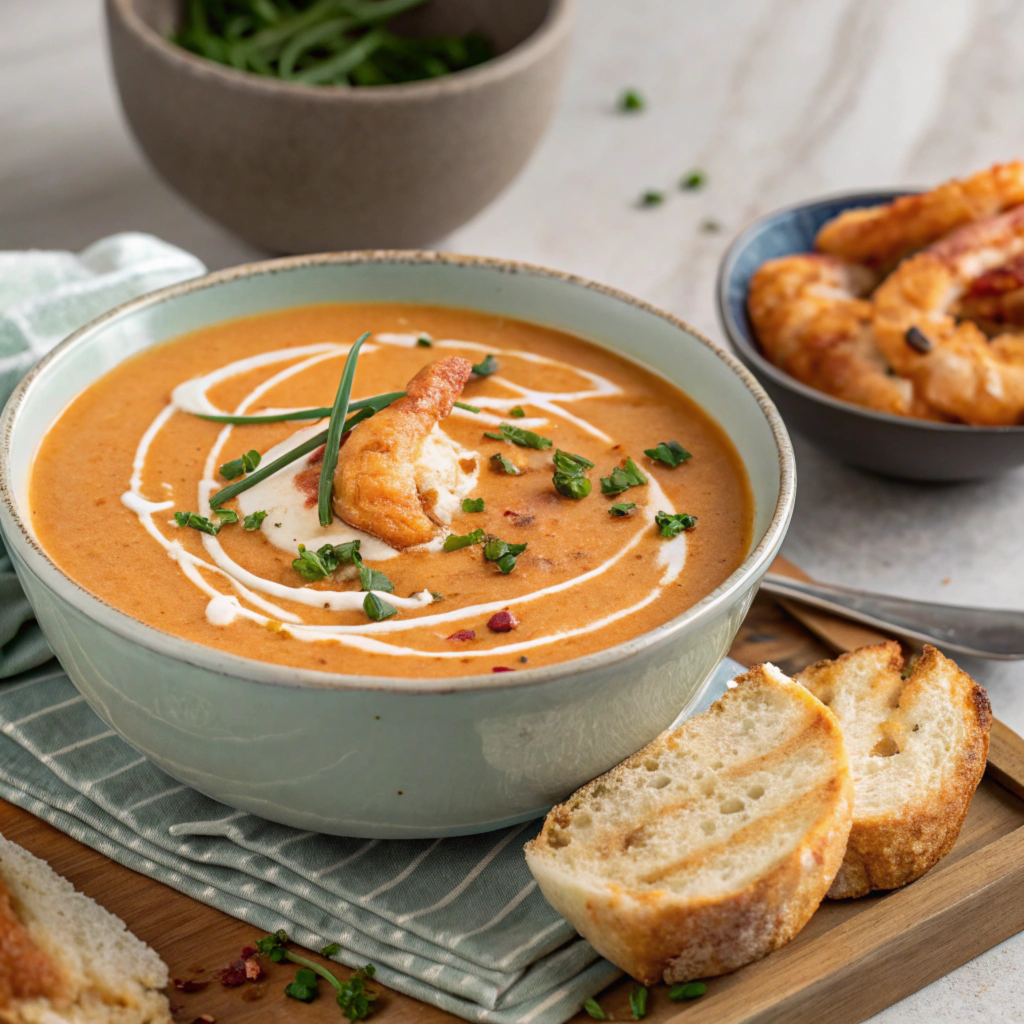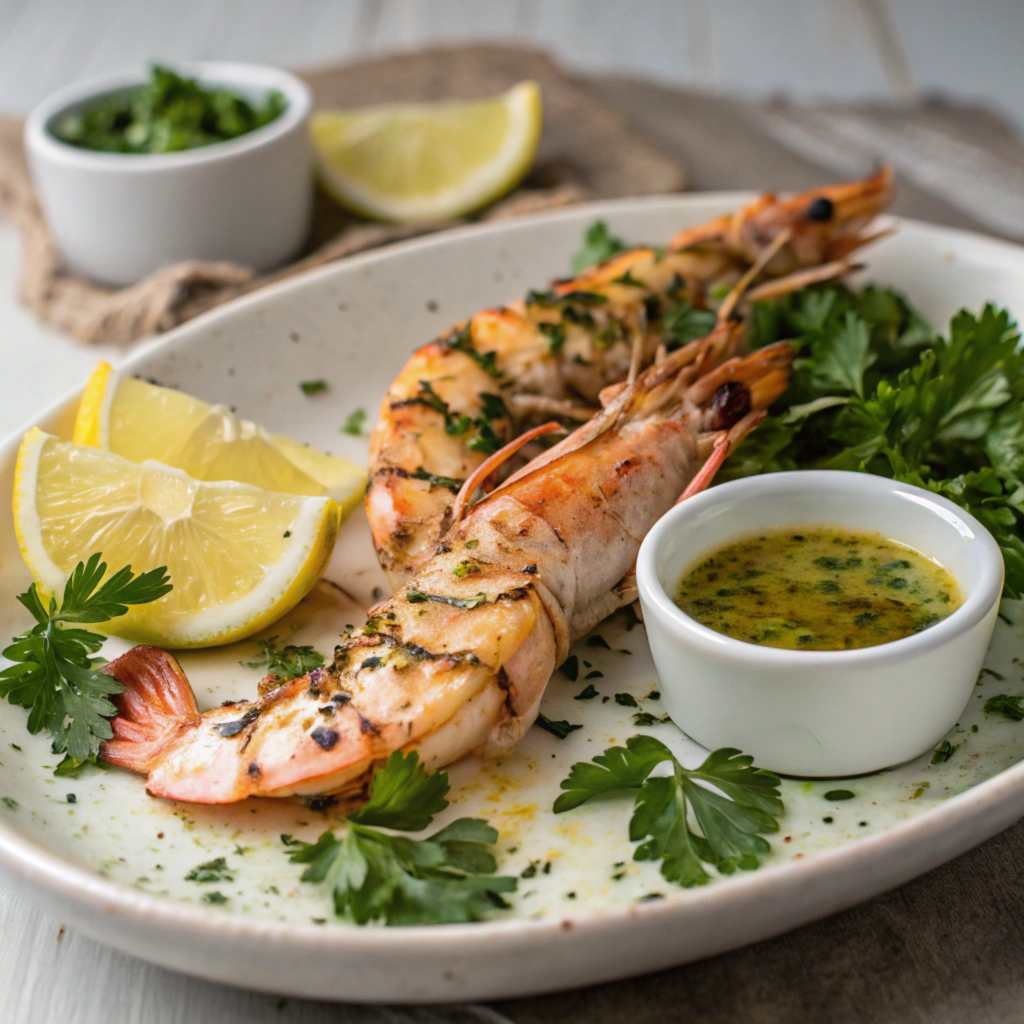If you’re a seafood lover or someone who just loves exploring culinary treasures, you’ve probably stumbled across the word “langostine.” But what exactly is it, and why is it often hailed as the crown jewel of the sea? Strap in, because we’re about to take a deep dive into the wonderful world of langostine. Whether you’re here to sate your curiosity or prep for your next seafood dinner, you’re in the right place! 🌊✨
What Is Langostine?
Alright, first thing’s first—what is langostine? Is it a lobster? A prawn? Some mysterious sea critter that only Michelin-starred chefs can pronounce? Well, the name may sound fancy (and okay, a little French), but langostine is a crustacean that sits somewhere between the world of lobsters and prawns. Its nickname, the “Norway lobster,” gives a small clue about its identity.
Langostine is slightly smaller than your typical lobster and flaunts a slender, coral-pink shell that screams elegance. It’s most famous for its sweet, subtle flavor and tender meat, often described as having a buttery richness that melts in your mouth. Think of it as the flirty cousin of the lobster—smaller, a little sassier, but just as lovable.
 Origins and Habitat of Langostine
Origins and Habitat of Langostine
Now here’s where things get even more fascinating. Langostine mainly calls the cold waters of the North Atlantic its home, with spots like Norway, Scotland, and Iceland boasting some of the best catches. Picture them burrowing in sandy sea floors, hanging out like little introverts, with their long claws poking out. Oh, and they’re strictly night owls. These critters usually scuttle around looking for food once the sun goes down—kind of like us when we realize we forgot about dinner!
But here’s the kicker. Unlike their lobster cousins who get comfortable with their claws out all day, langostines prefer to hide most of the time. This elusive nature not only makes them harder to catch but also adds to their high-end reputation. No wonder they’re such a delicacy!
“Langostine is a true treasure of the sea—subtle, tender, and absolutely worth seeking out. It’s a bite of the ocean’s finer side.” 🌊
Langostine vs Lobster or Prawn: Key Differences
Here’s where people tend to get tripped up. Is langostine a lobster? Nope, but they’re related. Is it a prawn? Close, but not quite. 🙃 Think of langostine as sitting delicately on the podium with lobsters and prawns, sharing the stage but holding its own unique charm.
Size:
Langostines are smaller than your traditional lobster, often growing up to about 10 inches—more bite-sized elegance than a lobster’s hefty whole-table vibe. When it comes to prawns, langostine is roughly in the same range, sometimes just a tad larger.
Shell & Meat:
Langostines shine with their slender pink shells, quite different from the tough, armored look of lobsters. Their meat is silky, subtly sweet, and much more tender than the firmer texture you might expect from a prawn.
Price Tag: 💸
Here’s where langostines earn their “luxury” status. They’re often pricier because they’re harder to catch and demand high cooking precision to truly shine. You’ll usually spot them in finer dining menus, proudly taking center stage.
Think of it like this—if lobsters are the grand dinner party and prawns are the casual backyard barbecue, langostines are the intimate candlelit dinner. Romantic, right?
 Why Is Langostine a Coveted Ingredient?
Why Is Langostine a Coveted Ingredient?
Ever wonder why langostine seems to have this almost royal reputation in the food world? It’s not just because it’s a little trickier to catch or prepare—it’s also because of what it brings to the table, or should I say, the plate. Langostine isn’t your average seafood. Between its delicate flavor, versatile cooking options, and nutritional benefits, it’s no wonder that chefs around the globe rave about it.
But there’s more to the story. Langostine has this ability to instantly elevate a dish. Whether it’s served grilled, tossed in a creamy pasta, or ladled out as a comforting bisque, it always adds that touch of sophistication, like wearing your fanciest shoes to dinner. It’s the kind of ingredient that can turn a casual meal into something you’ll talk about for weeks.
Nutritional Value of Langostine
Okay, so it tastes fantastic—but is it good for you? You betcha! Langostine is rich in protein, making it an excellent choice for anyone looking to fuel their body while still savoring something delicious. It’s low in fat and calories, so you don’t have to worry about overindulging either (though good luck trying not to).
What’s more, langostines are packed with omega-3 fatty acids, which are fantastic for heart and brain health. Need another reason to crack those shells? Vitamins and minerals. Langostine comes loaded with things like vitamin B12 and selenium, making it as much a nutritional powerhouse as it is a culinary delight.
“Think of langostine as your seafood soulmate—it’s not only indulgent and elegant but also packed with health benefits you’ll feel good about. 🦞”
Unique Flavor and Texture
Here’s where langostine truly steals the spotlight. Its meat has this incredible sweetness that’s hard to describe—it’s like it takes a little whisper of the ocean and combines it with a buttery richness. The texture? You guessed it, tender and melt-in-your-mouth smooth.
It’s a bit like lobster, but somehow even more refined. A step above prawns, too. Imagine the perfect bite—silky, sweet, and just the right amount of decadence without being overpowering. That’s langostine for you.
How to Buy Fresh and Quality Langostine
Now, if you’re sold on trying this little crustacean superstar, you’ll want to make sure you’re buying the freshest and best quality langostine out there. The good news? It’s not as intimidating as it sounds. A little bit of knowledge goes a long way!
Identifying Fresh Langostine at Markets
When you’re picking out fresh langostine, you’ll want to channel your inner seafood detective. Here’s what to look for:
- Bright, Pink Shell: Fresh langostine should have a vibrant pinkish hue, not dull or faded. The shell should be firm and intact.
- Clear, Shiny Eyes: Cloudy or sunken eyes? Pass. Fresh langostines will have bright, shiny eyes that almost look clear.
- No Strong Odor: A light, ocean-like smell is normal, but if it smells too fishy or sour, it’s not fresh.
- Active Movement (if alive): If they’re still alive, they should be moving, even just slightly. You don’t want ones that seem too lethargic.
Buying langostine is like picking out the perfect apple in the produce aisle—you want crisp, fresh, and ready to impress. And if you can buy them straight from a reputable seafood market or fisher, even better.
Preparing Langostine with Confidence
Alright, so you’ve got your fresh, beautiful langostine—now what? Cooking langostine might feel intimidating at first. After all, it’s considered a delicacy, so there’s that natural fear of messing it up. But here’s the good news—you don’t need to be a master chef to prepare langostine like a pro. It just takes a little practice and knowing the right techniques.
The key here is confidence. Approach it like cracking open a new book. Sure, you don’t know the ending yet, but the process of getting there can be just as enjoyable. And trust me, the payoff (aka that first flavorful bite) will be more than worth the effort.
Essential Cooking Methods for Langostine
Langostine is surprisingly versatile, which means there’s no one-style-fits-all approach to preparing it. Whether you like a quick grill, a creamy sauce, or a warming soup, you’ve got options. Here are some of the best cooking methods to make sure your langostine shines as it should:
- Grilling: This is one of the go-to methods for a reason. Split the langostine down the middle, brush on some olive oil or butter, and throw it on the grill for a few minutes. That smoky char takes the flavor to another level.
- Boiling: If you’re a purist, boiling brings out the natural sweetness without any bells or whistles. Just season your water with salt, drop the langostine in, and cook for about 4–5 minutes. Easy peasy!
- Sautéing: Toss those gorgeous langostines in a hot, buttery pan with garlic, lemon, and parsley. This is where simplicity meets flavor-packed goodness.
- Roasting: Looking for something hands-off? Throw your langostines onto a roasting tray with herbs, spices, and a touch of oil, then bake them until they’re perfection.
Whichever method you choose, remember this—less is more! Keep the cooking simple to highlight the natural beauty of the meat.
Common Mistakes to Avoid While Cooking Langostine
Even the best cooks slip up now and then, especially with seafood. But don’t worry, I’ve got you covered. Here are some common pitfalls and how to sidestep them like a pro.
- Overcooking: Langostine meat is delicate, so don’t leave it on the heat too long, or you’ll dry it out. A few minutes is often all it takes to achieve that tender texture.
- Not Seasoning Enough: Yes, langostine has a sweet, natural flavor. But a pinch of salt, a squeeze of lemon, or a dash of spices will elevate it even further. Don’t be shy—season to taste!
- Improper Preparation: If you’re not comfortable handling the shell, take your time removing it. Invest in a good pair of seafood scissors or a cracker if needed—think of it as an essential tool in unlocking the treasure hidden inside.
“Treat langostine with care, and you’ll be rewarded with its buttery sweetness. It’s like a little culinary love story waiting to unfold. 🦞❤️”
 Delicious Langostine Recipes to Try
Delicious Langostine Recipes to Try
Once you’ve mastered the art of cooking langostine, the recipe options are endless. Whether you’re planning a fancy dinner or just experimenting in the kitchen, here are a few ideas to get you inspired.
Classic Grilled Langostine with Garlic Butter
Few things in life beat the taste of grilled langostine, especially when paired with a luscious garlic butter sauce. Here’s how to make a simple yet show-stopping dish that’ll have everyone coming back for more.
Ingredients:
- 6 large langostines, cleaned and split in half
- 4 tbsp unsalted butter, melted
- 2 cloves garlic, minced
- 1 tbsp lemon juice
- 1 tbsp fresh parsley, chopped
- Salt and pepper to taste
Instructions:
- Preheat your grill to medium-high heat.
- Mix the melted butter, garlic, lemon juice, and parsley in a small bowl. Season with salt and pepper.
- Brush the langostine generously with the butter mixture and place them shell-side down on the grill.
- Grill for about 3–4 minutes, basting with the butter mix halfway through. The meat should be opaque and slightly firm.
- Remove from the grill with a flourish, because yes, you’re officially a seafood genius! 🏆
Serve these beauties with a fresh salad or crusty bread to soak up all that buttery goodness. And don’t forget to pair it with a crisp white wine or sparkling water with a lemon twist to complete the experience.
With all this deliciousness, langostine doesn’t just belong in a restaurant—it belongs in your kitchen, too. And now, you’ve got the knowledge, tools, and confidence to prepare it like a pro. Get ready to impress your taste buds (and anyone lucky enough to join your table). Go ahead and give langostine a try. You might just discover your new favorite seafood! 😊
More Seafood Delicacies to Savor
If you enjoyed exploring Understanding Langostine: The Delicacy of the Sea, you might find these seafood-inspired recipes equally enticing. From rich, hearty flavors to light and refreshing dishes, these recipes highlight the best the ocean has to offer.
- Rockfish Recipes – Delicious Ways to Enjoy This Versatile Fish: Dive into the versatility of rockfish with these flavorful and easy-to-make recipes.
- Grilled Mediterranean Sea Bass with Lemon and Thyme: Light and refreshing, this grilled sea bass recipe is perfect for a delicate yet satisfying meal.
- Blackened Cod – A Bold and Healthy Seafood Dish: Experience the smoky and spicy flavors of blackened cod, ideal for a quick weeknight dinner.
- Crab Brulee Recipe: Indulge in this luxurious twist on a seafood classic that combines the richness of crab with a caramelized finish.

